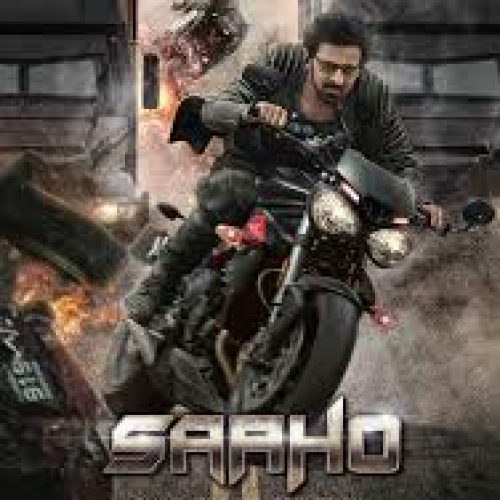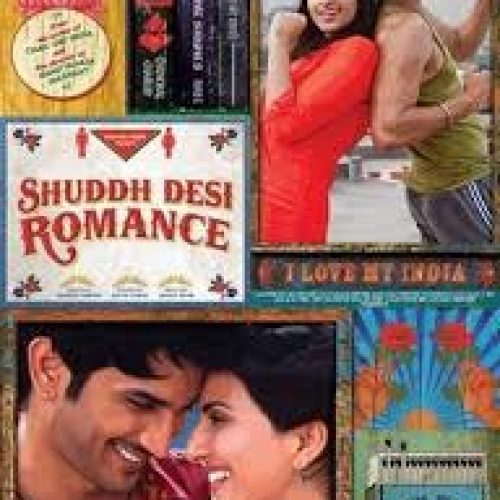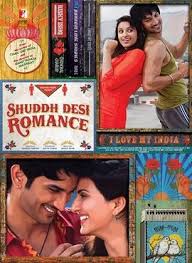Bursting with action, comedy, and vibrant Punjabi energy, Son of Sardaar is a masala entertainer that combines family feuds, slapstick humor, and larger-than-life characters. Directed by Ashwni Dhir, the film stars Ajay Devgn, Sonakshi Sinha, Sanjay Dutt, and Juhi Chawla, and is set in rural Punjab, where traditions are strong and vendettas run deep. Released in 2012, it’s a classic Bollywood comedy-action flick, drenched in the colors, customs, and bold spirit of Punjab, with an emphasis on family honor, love, and humor.
The story follows Jassi (Ajay Devgn), a fun-loving Sardar who returns to his ancestral village in Punjab to claim family property. Little does he know that the same village harbors a powerful family led by Billu (Sanjay Dutt), who is bent on avenging an old family grudge against Jassi. Upon his arrival, Jassi inadvertently finds himself at Billu’s mercy but also in the company of Sukh (Sonakshi Sinha), a charming young woman who is unaware of Jassi’s identity. Amidst the slapstick comedy, action sequences, and budding romance, Jassi must find a way to escape the feud and, perhaps, bring peace between the families.
One of the film’s biggest strengths lies in its cast and their performances. Ajay shines as the witty and resourceful Jassi, embracing the character’s quirks and bringing comic timing that keeps the film lively. His portrayal of a Sardar is earnest, with an emphasis on physical comedy that works well for the character’s carefree attitude. Sanjay is convincing as the intimidating yet humorous Billu, who, despite his grudge, has a code of honor that adds dimension to his character. Sonakshi, as the cheerful and somewhat naïve Sukh, brings warmth and innocence, fitting well into the comedic and romantic elements of the story. Juhi Chawla is also notable as Billu’s lively and loving sister, adding a softer, humorous contrast to Billu’s intensity. Together, the ensemble cast infuses the film with energy and helps drive the narrative through their performances.
The direction by Ashwni Dhir emphasizes the loud, slapstick style that appeals to fans of masala films. His approach is straightforward, focusing on delivering humor and action without getting too deep into the storyline or character arcs. The film is punctuated by sequences that blend comedy and action in a style reminiscent of classic Bollywood comedies, with exaggerated expressions, slow-motion effects, and dramatic entrances. While Dhir’s direction ensures a lively pace, it sometimes relies too heavily on stereotypical humor, which can be hit-or-miss depending on the viewer’s taste. Nonetheless, Dhir succeeds in creating an atmosphere that’s unapologetically larger-than-life, staying true to the genre’s expectations.
Visually, Son of Sardaar is packed with colorful, vibrant cinematography that captures the essence of Punjab’s landscapes and culture. The lush green fields, bustling village streets, and traditional Punjabi attire give the film a rich, immersive feel that visually engages the audience. Aseem Bajaj’s cinematography makes effective use of slow-motion shots, particularly during action scenes, enhancing the dramatic and comedic effects of Jassi’s escapades. The costume design deserves a mention, as the traditional turbans, phulkari dupattas, and Patiala salwars not only look authentic but also contribute to the film’s lively portrayal of Punjabi culture. The film’s art direction enhances this atmosphere, with attention to detail in depicting both rural settings and the grandeur of Billu’s mansion, adding a layer of authenticity to the story’s setting.
The music by Himesh Reshammiya, Sajid-Wajid, and Sandeep Chowta complements the film’s high-energy, Punjabi vibe. Tracks like “Rani Tu Main Raja” and the title track “Son of Sardaar” are peppy, with beats that capture the festive spirit of Punjab. While the soundtrack doesn’t break new ground, it serves its purpose well, keeping up the energy and aligning with the film’s themes of celebration and romance. The background score is appropriately dramatic, especially during the action and comedic sequences, though at times it can feel a bit overpowering.
Themes of family honor, love, and vendetta are central to the plot, though they are treated with a lighthearted touch. The idea of respecting one’s family, even in the face of absurd traditions or old grudges, is conveyed through humor, but it may lack the emotional depth some viewers seek. The portrayal of family values and relationships, however, resonates in a simple way, making it relatable for a wide audience. The film’s humorous take on serious matters allows it to avoid overly sentimental moments, maintaining a balance that keeps it entertaining without turning too dramatic.
Overall, Son of Sardaar is an entertaining watch for fans of Bollywood masala films. It brings a mix of humor, action, and romance, delivered with high-energy performances and a dose of Punjabi charm. The film may not appeal to viewers looking for nuanced storytelling or refined humor, as it relies heavily on slapstick and larger-than-life sequences. However, for those who enjoy lighthearted comedies with an action-packed twist, it provides enough laughs and thrills to keep you engaged. It’s best enjoyed with a casual approach, appreciating it for its loud, unapologetic style and vibrant cultural representation.
In summary, Son of Sardaar offers a fun, action-packed ride, blending comedy and romance with traditional Punjabi elements. It’s perfect for viewers who want a cheerful, easygoing film that doesn’t take itself too seriously. While it may not be a cinematic masterpiece, it has a charm that makes it worth watching, especially for fans of Ajay Devgn and Sanjay Dutt. If you’re in the mood for something light with a hearty dose of humor and Punjabi flair, this film is definitely worth a watch.







